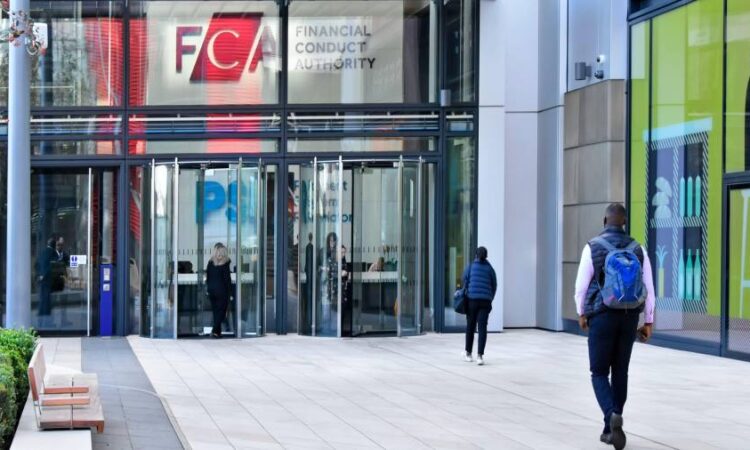
Receive free UK banks updates
We’ll send you a myFT Daily Digest email rounding up the latest UK banks news every morning.
UK banks are under pressure to improve deposit rates as regulators consider taking action over worries that savers have been short-changed and National Savings & Investments raised its one-year bond rate to a market-leading 6.2 per cent.
The Financial Conduct Authority on Friday said nine banks and building societies had submitted evidence after it raised concerns that savers were not benefiting from recent rate increases despite borrowers paying more. It said officials would review submissions before setting out a course of action this autumn.
The regulator’s announcement follows the decision by National Savings & Investments, the state-backed provider, to increase the rate on its one-year fixed bond to a market high, up from a previous 5 per cent.
NS&I is aiming to meet a higher government fundraising target this year in a move that challenges banks and building societies hoping to retain deposits.
“We want a competitive cash savings market that delivers better deals for savers,” said Sheldon Mills, executive director at the FCA, at the time of the review’s launch in July. “We will be using the Consumer Duty to ensure this is the case.”
Action by the FCA over savings rates will be a key early test of the new consumer duty rules. Lenders have already had their arms twisted following interventions from MPs, regulators and chancellor Jeremy Hunt. They have all gathered banking executives at various meetings in the past few months to raise concerns banks were profiting from passing on higher rates to mortgage holders and other borrowers whilst holding back on increases to depositors.
The FCA recently set out an action plan designed to nudge lenders into action, which included requiring lenders notifying customers on lower rate accounts where they offered better alternatives.
This prompted several banks and building societies to improve rates, but many have hesitated to move further in anticipation of a levelling out in increases in the Bank of England rate, which is currently set at 5.25 per cent.
The Bank’s chief economist, Huw Pill, said on Thursday he expected rates to stabilise around current levels. This may mean banks have little headroom to improve rates.
Several lenders said they would continue to monitor the bank rate and market conditions before changing rates.
NatWest, part-owned by the government, said its highest fixed-rate product now offered 5.5 per cent. Barclays raised the rate on its one-year bond to 5.3 per cent in August, while HSBC and Lloyds offer 5.05 per cent and 5.45 per cent, respectively.
Allied Irish Bank said it would raise the rate offered on its one-year fixed product to 4.75 per cent from September 5, up from 3.5 per cent.
However, these rates were dwarfed by NS&I which this week surpassed the best rival rate for the first time since 2010.

The state-backed provider has generally avoided competing aggressively to prevent distortions in the savings market, but it has experienced net outflows for several months as savers look elsewhere, according to Bank of England data.
UK Finance, which represents more than 300 financial companies, said NS&I’s decision formed one element of a competitive savings environment and reflected increases across the wider market.
It added: “Banks have already passed through a greater proportion of interest rate rises to savers than those in other countries. We always encourage people to shop around for the account and interest rate best suited to their needs.”
Additional reporting by Mary McDougall





